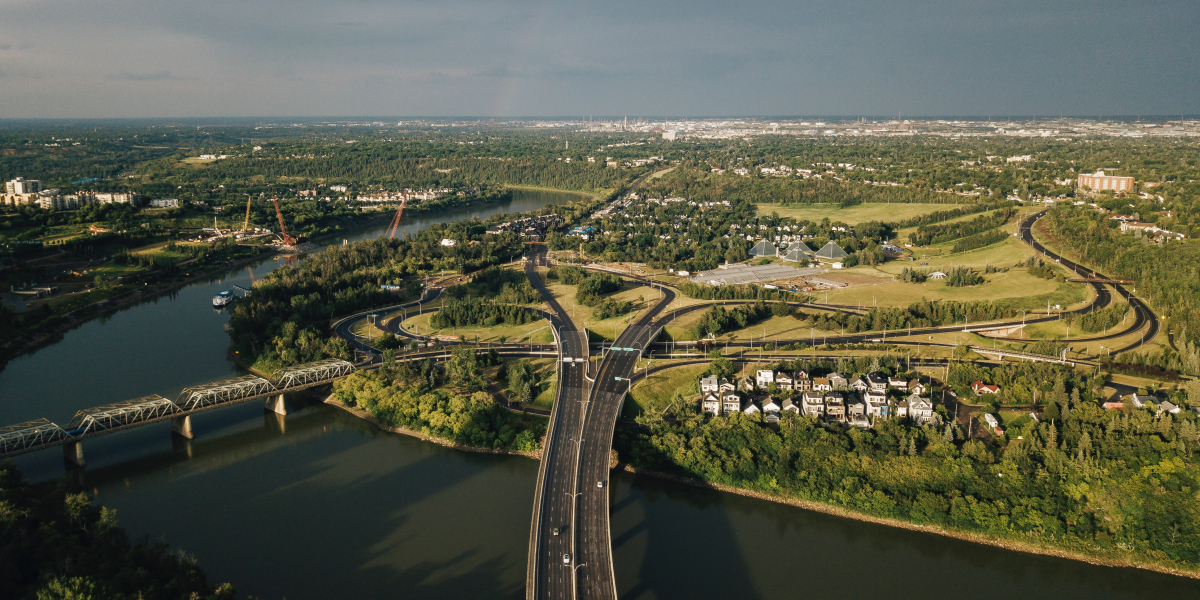
February 7, 2018
Communities rely on nature’s services for long-term health, well-being and resilience. When those services disappear as a result of pollution, development, or unsustainable resource use, local governments are on the hook for coming up with ways to replace them. To avoid this risk, local governments are improving how they identify, value, and manage their natural assets by incorporating them into financial and asset management planning decisions. But natural assets do not abide by jurisdictional boundaries or lot lines, so what about the portions of natural assets not owned or managed by local governments?
To effectively manage natural assets, a collaborative approach that includes all stakeholders is needed. This includes private lands and private landowners. While managing natural assets on private lands for public goods and services has historically been a challenge, local governments have access to a number of tools and incentives that can ensure private landowners are partners in the development of an effective strategy that balances private costs with public benefits.
Land acquisition can quickly turn private land to public land, but it requires a funding source. The City of Edmonton and the City of Surrey have made acquisition of significant natural areas a priority and are working on dedicated funding to match that priority. Conservation easements may be a more cost effective alternative. The natural asset remains in private ownership but its management is set out in a legally binding agreement that is unique to each property.
When land cannot be purchased or managed under an easement, local governments have a range of land use planning tools, such as Official Community Plans, specialized plans, and development controls that can be used for protecting natural assets on private lands. These land use planning tools, while critical for outlining the vision of how the community manages its natural assets, are generally only useful when land is undergoing development or redevelopment
What can be done for lands that are not developing or not for sale? Incentives such as payments for ecosystem services, tax incentives, and water quality trading markets build on a beneficiary pays system where those who benefit from natural asset protection (the public) pay those who protect the natural asset (private landowner). User fees, stormwater utilities, and development cost charges are all revenue streams available to local governments for funding natural asset management on private lands. Other sources of funding such as green bonds or provincial/federal grants can help local governments build capacity or invest in new projects and programs.
Private landowners are a critical component for any effective management strategy for natural assets. Bringing them to the table early and applying a new lens to existing tools with a focus on costs and benefits and overall service delivery can ensure the natural services we all rely on are available for generations to come.
For more information, read the full report Towards a Collaborative Strategy for Municipal Natural Asset Management: Private Lands